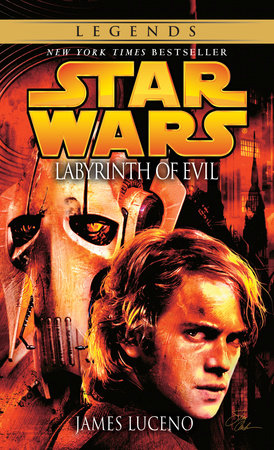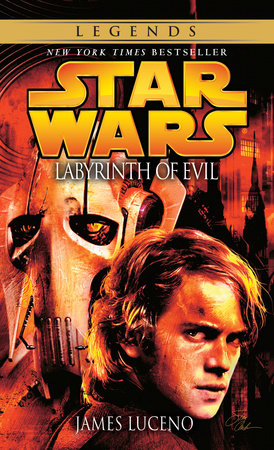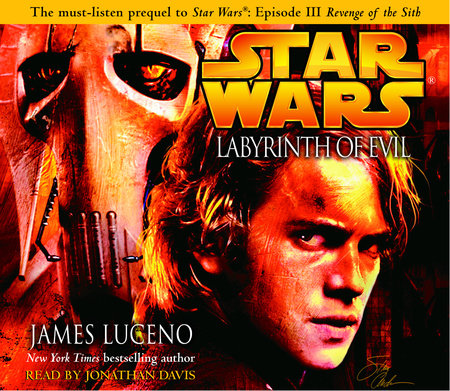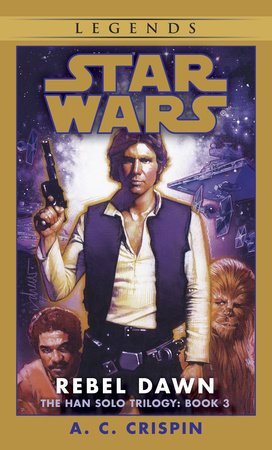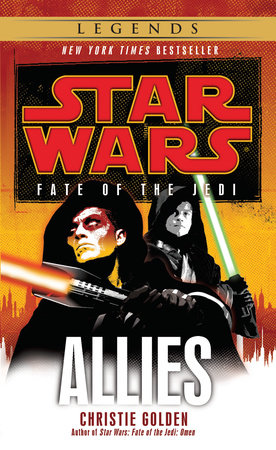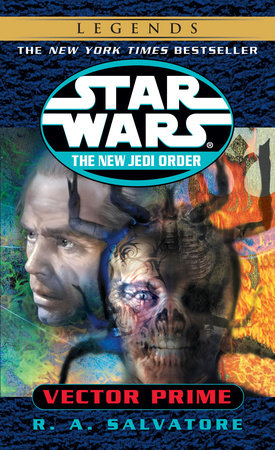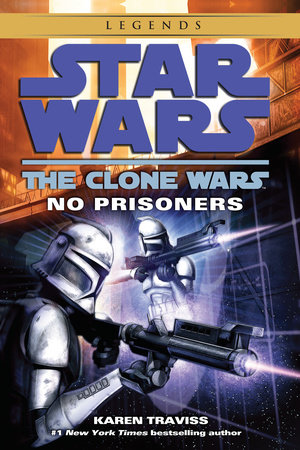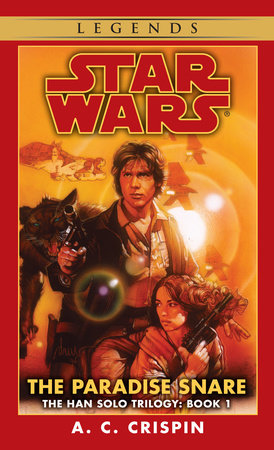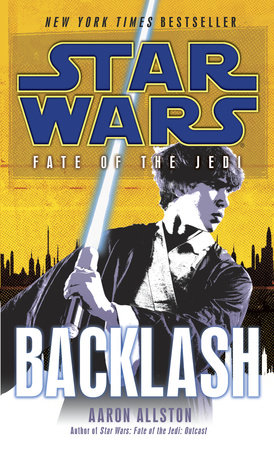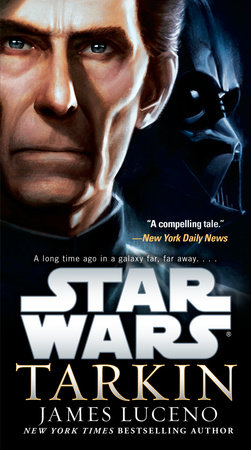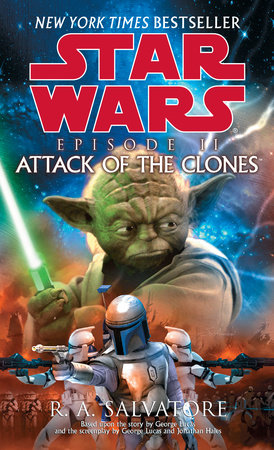James Luceno: Navigating the Labyrinth of Evil
Setting the Scene
Making the wait for Episode III’s cinematic debut easier for Star Wars fans is Del Rey’s release of Labyrinth of Evil, the new Star Wars novel that directly ties into the beginning of Episode III. Author James Luceno writes this new adventure, with access to detailed Episode III information from Lucasfilm, ensuring an authoritative prelude to the final Star Wars chapter.
Obi-Wan Kenobi and Anakin Skywalker embark on their last big mission together before the events of Episode III. It is the Chosen One’s first assignment with Obi-Wan as a full-fledged Jedi Knight. The Clone Wars are nearing their climactic resolution, with the Jedi investigating tenuous leads as to the location of Darth Sidious, the long-rumored mastermind behind the dark events clouding the galaxy. But such a search leads deep into a web of lies, and an explosive adventure that sets the stage for Episode III.
Author James Luceno answers a few questions about this hotly anticipated hardcover release that hits bookstores today.
Labyrinth of Evil is said to be the prequel to Star Wars: Episode III Revenge of the Sith. Does the novel take place immediately prior to the film? What will audiences who see film without having read the book be missing?
Labyrinth of Evil takes place in the final month of the Clone Wars and leads directly into the opening moments of Revenge of the Sith. It supplies plot and character backstory that George Lucas didn’t have the time — or inclination — to include in the film. In addition, the novel addresses a couple of story points that remain unresolved from Attack of the Clones. With regard to whether audiences will be missing out by not reading the book, Sue Rostoni, of Lucas Licensing, put it best when she asked fans to consider whether knowing precisely how Princess Leia received the Death Star plans is essential to enjoying A New Hope. Personally, I like the fact that Star Wars films always begin in the midst of the action and leave the backstory for audiences to fill in. But I jumped at the chance to provide the back-fill.
Did you have access to the shooting script for Revenge of the Sith in writing Labyrinth of Evil? Were you able to look at any early rushes from the film?
I read the first version of the script, and was kept updated on revisions until the last possible moment — that is, until no further edits could be made to the manuscript. I read the novelization as it was being written, and, because I was also working on the Episode III Visual Dictionary, had access to film stills and props, and spoke frequently with Sue Rostoni, Pablo Hidalgo (Episode III Set Diarist), and Jonathan Rinzler (author of The Making of Revenge of the Sith), all of whom were either attending dailies or seeing screenings of the rough cuts. Even so, Labyrinth contains a few minor continuity errors, owing to my attempts to be specific when I probably should have been vague.
Can you set the scene of the novel for us?
Following on the heels of events in Jedi Trial and Dark Rendezvous, Anakin Skywalker has been dubbed a Knight, and Master Obi-Wan Kenobi has been named to the Jedi Council. The Separatists have been pushed from the galactic core, and the war has taken a toll on everyone. The Outer Rim sieges have been going on for four months, and Anakin and Padmé haven’t seen each other for at least that long. Labyrinth is the first chance to focus the action on Anakin and Obi-Wan, both as warriors and close friends. The first half of the book takes them through a series of adventures, during which they gather clues which coalesce in the second half, setting the stage for the opening sequence of Revenge of the Sith.
Some have commented that the war the Republic faces parallels the uncertainty the U.S. faces in its current war. Were these intentional parallels or is this a case of reality mirroring art?
Views espoused by the characters do not necessarily reflect those of the writer, and no intentional parallels are made. So it must be a case of reality mirroring art. In public and in private George Lucas has said that the prequel films show the way in which democracies fall and dictators come to power. But galactic politics, even the war itself, are backdrop. Ultimately, Star Wars is a family saga about loss and redemption, and the repercussions that spring from cutting deals with the devil. Revenge‘s political scenes will probably end up on the cutting room floor, in any event, though they are included in the novelization, and with luck will show up on the DVD.
It’s interesting to see how the relationship between Anakin and Obi-Wan has evolved over the course of the films and novels since Episode I The Phantom Menace. How would you describe that relationship in Labyrinth of Evil?
Jealousy and concern undermine the depth of Anakin and Obi-Wan’s friendship. Obi-Wan fears that he has failed to persuade Anakin of the danger inherent in anger, and to convince him to distance himself emotionally from Padmé. He also worries about Chancellor Palpatine’s continuing influence on Anakin. By contrast, Anakin is torn between being the Jedi Knight Obi-Wan wants him to be and following his own destiny as the Chosen One. Anakin wants to have it all and has convinced himself that the Jedi are holding him back. More important, he no longer accepts that the Jedi can win the war. He wishes that the Senate would simply follow Palpatine’s lead.
Even though Padmé and Anakin aren’t physically together in Labyrinth, they are never far from each other’s thoughts. This relationship is obviously a source of great strength to Anakin . . . why does Obi-Wan fear it?
The relationship is an opening to the dark side, in the sense that attachment, of any sort, is a road to fear, anger, and suffering — in the world according to Star Wars. Padmé is both wife and surrogate mother to Anakin, and any threats to her have a devastating effect on him. What happened on Tatooine in Attack of the Clones was only the beginning.
Darth Sidious, the Sith Lord orchestrating the collapse of the Republic and the destruction of the Jedi Knights, is always a step ahead of his adversaries, even powerful Jedi like Mace Windu and Yoda. Is this because the Jedi have grown too fearful of the dark side?
The Jedi appear to have forgotten that evil can’t simply be stamped out, and that their mandate is to help maintain a balance between good and evil. Complacent for too long, they have dropped the ball. They dismissed Dooku as a political idealist, failed to prevent the Separatists from creating a vast army, and allowed themselves to be beguiled by Palpatine. Worse, they have placed too much trust in the prophesized Chosen One. Sidious, meanwhile, the culmination of 1,000 years of Sith training, has been watching the Jedi closely, and gaining strength at their expense.
Speaking of Dooku, it seems that you had a degree of sympathy for him.
Dooku started out as wanting to reform the Republic. He was disillusioned by the fact that the Jedi Order had essentially turned its back to obvious instances of corruption and vice. But Dooku ended up taking the easy path to power, by allowing himself to be seduced by the dark side, and, in the end, to be duped by Sidious. Perhaps, at 83, Dooku is beginning to lose his memory; or perhaps Sidious neglected to include a Sith history lesson in Dooku’s training. Betrayal plays an important role in the Sith master-apprentice relationship, and Dooku just doesn’t see it. He also fails to grasp that Sidious is keen on recruiting Anakin, despite the fact that, where two Sith can coexist, three spells trouble.
General Grievous, destined to play a large role in Episode III, appears in Labyrinth. Who is he, and what makes him so dangerous?
Grievous was a fierce warrior long before he was transformed into a cyborg, as the result of what appears to have been an accident. Supreme Commander of the Separatist forces, General Grievous is far more cunning than the members of the Separatist council, and is able to deploy the droid army to better advantage. Trained in lightsaber combat by Dooku, and backed by a cadre of durasteel MagnaGuards, Grievous poses a threat not only to clone troopers, but also to the Jedi. He does, however, have a sniveling, cowardly side.
You mention authors Ian Fleming and Thomas Pynchon in the dedication of Labyrinth. Why these two writers, one famous for creating James Bond, the other a master of postmodern paranoia?
Both writers had a strong influence on me as a teenager. Along with Carlos Castaneda and Eric von Daniken, Fleming set me on the path of adventure travel, and is probably responsible in part for some of the tight spots I’ve gotten myself into along the way. Pynchon was a great companion to have on those adventures, first because it took me weeks, sometimes months, to get through novels like V and Gravity’s Rainbow, but also because Pynchon has such a great facility for fusing the esoteric and the comic. I enjoy his take on history, and the fact that he succeeded in making himself into a man of mystery.
Are you working on any more Star Wars novels? What about projects outside the Star Wars universe?
At the moment I’m working on a book that will form a loose trilogy with Labyrinth of Evil and Matt Stover’s adaptation of Revenge of the Sith. Focusing on Darths Vader and Sidious, along with a band of Jedi that survives the events depicted in the film, Star Wars: Dark Lord begins before Revenge ends, and takes place over the course of the subsequent month or two. I’ve been so immersed in the Star Wars universe for the past six years that there hasn’t been much time for other writing projects. When I’m not writing I’m usually making my way to some remote archaeological site, playing bass, or doing carpentry work on our log cabin in Maryland.
